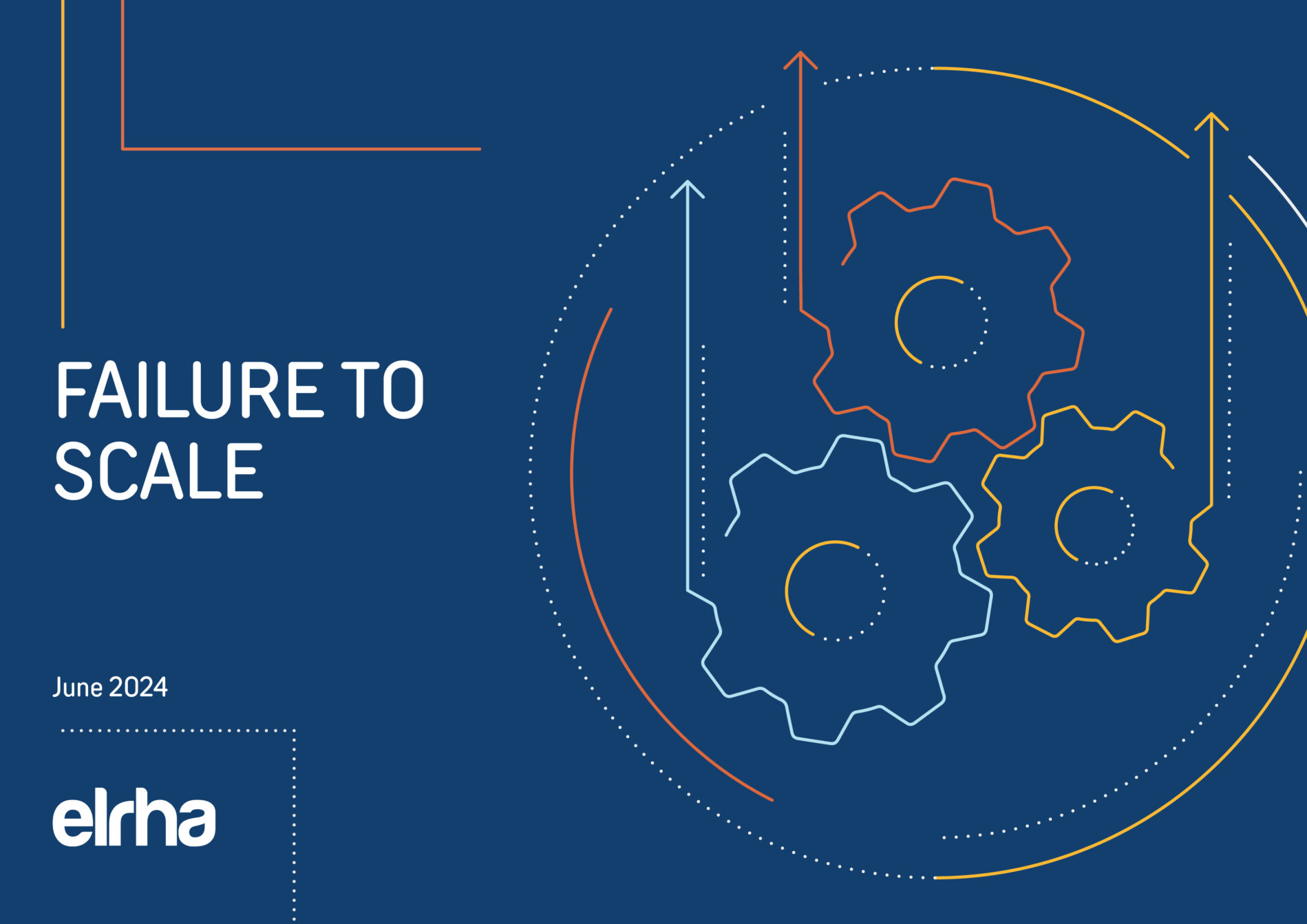A complicated relationship: bringing behavioral science into the fight against health misinformation in a pandemic in displacement settings. Busara Groundwork Report

This pilot randomized controlled trial (RCT), explored whether manipulating the source of public health information during the COVID-19 pandemic would shift the attitudes, knowledge and behaviour of refugees and internally displaced persons. While the research questions could not be answered, the study generated useful insights for researchers interested in similar questions.
The literature review and limited empirical work outlined in this report highlight a number of key recommendations particularly for humanitarian actors seeking to implement public health information campaigns in displacement settings. They also show where knowledge gaps are, as studies from different academic disciplines are often confined to a specific context and might not have used research methods that would allow identifying which behavioral mechanisms are at play in how people receive and act on information within displacement settings, where limitation and gaps exist on account of the confinement to a singular context.
In addition, fast developments in information technology—and more specifically mobile internet use—mean that new forms of media and information exposure permanently update the WHO’s articulated challenge to build resilience against misinformation. While awareness of these cognitive biases might help in designing programmes that can more effectively manage an infodemic, it is crucial to understand how exactly these biases play out in different cultures, for different levels of stress, and for different people who find themselves in extremely uncertain and taxing situations, such as displacement.
Digging into the specifics of behavioral mechanisms is complicated and requires multimethod research, including behavioral interventions. Yet, this step is crucial in order to understand what contextually-specific pathways towards changed behaviors might be.